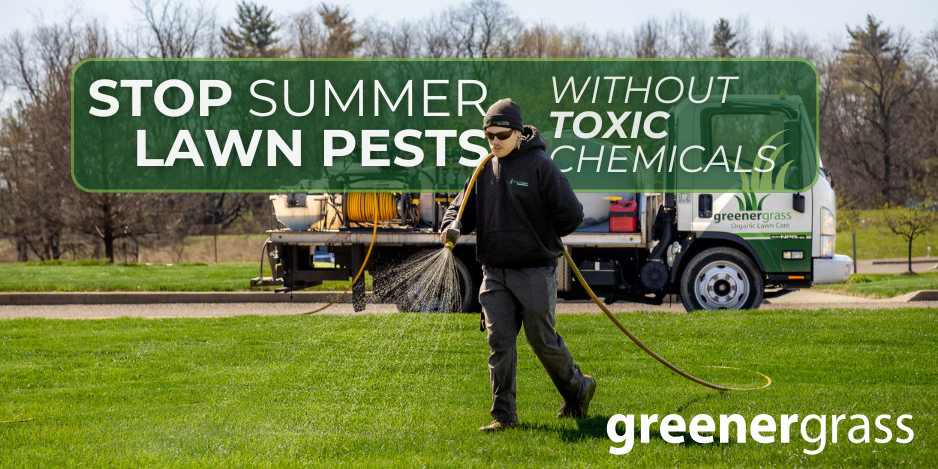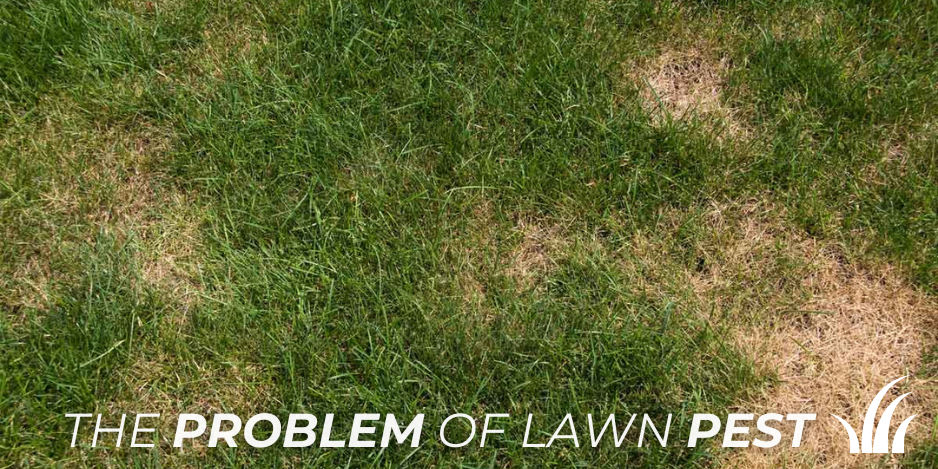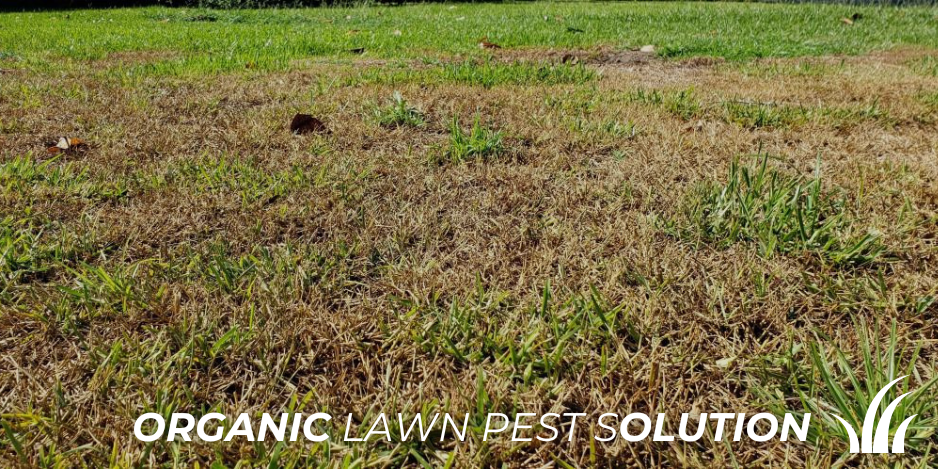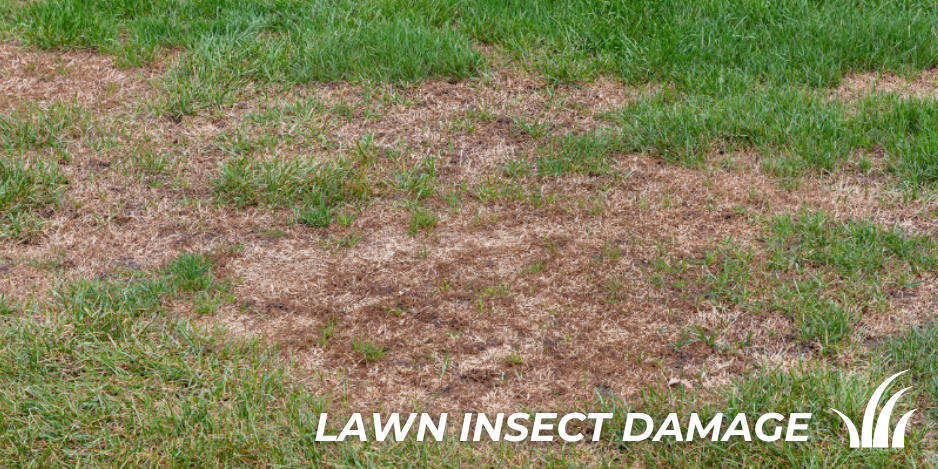Stop Summer Lawn Pests—Without the Chemicals
As the weather warms up in Northeast Ohio, it’s not just you and your family heading outdoors—summer lawn pests are waking up, too. Insects like sod webworms, chinch bugs, armyworms, cutworms, and billbugs are common in our region and are gearing up to feast on your grass. For homeowners who value a green, chemical-conscious lifestyle, this can be a frustrating problem.
If you’ve ever seen brown patches appear out of nowhere, or if your lawn looked lush and healthy one week and thin and spotty the next, summer turf insects could be the hidden culprit. And once they show up, they don’t waste time—these pests can destroy a healthy lawn in a matter of days.

Why Summer Lawn Insects Are a Serious Problem
Every summer, our team at Greener Grass Organic Lawn Care sees a major spike in turf-damaging pests across Northeast Ohio—from Canton to Medina, Akron, and beyond. These destructive insects feed on your lawn’s blades, roots, and stems, weakening its structure and appearance. Left untreated, they can cause lasting damage that takes months to repair.
To make matters worse, turf pests often attract even more problems. Skunks, raccoons, and birds love to dig for the insects hiding beneath your soil, turning your beautiful backyard into a battlefield of torn-up turf and scattered debris.
The tricky part? It’s almost impossible to predict exactly when or where summer pests will strike. That’s why proactive, preventative lawn insect control is key.

The Organic Advantage: Safe for Families, Pets, and the Planet
Most conventional lawn insect control methods rely on harsh chemical insecticides that can linger in your soil, absorb into plant tissue, and potentially expose kids and pets to harmful residues. In fact, many synthetic insecticides are being phased out or banned due to increasing concerns about their health and environmental effects.
At Greener Grass Organic Lawn Care, we believe there’s a better way.
We offer 100% Organic Summer Insect Control, a safe and effective treatment that protects your lawn—without putting your family, pets, or the environment at risk.

Here’s what makes our organic insect control different:
🌿 100% Organic Ingredients
Our treatment is made from a blend of essential plant and tree oils—completely natural, biodegradable, and non-toxic.
⚡ Fast-Acting & Long-Lasting
It provides immediate knockdown of common turf pests, with lasting residual effects to help prevent future outbreaks.
✅ No Extra Hassle
We can apply it during your next regularly scheduled lawn care visit. No disruption, no waiting, no problem.

Common Signs of Summer Insect Damage
Wondering if you’re already dealing with a pest problem? Here are some red flags to look out for:
-
Brown or thinning patches that appear suddenly
-
Grass that pulls up easily (root damage)
-
Increased bird or animal activity (they’re digging for grubs)
-
Small, greyish moths fluttering above the lawn at dusk (a sign of sod webworms)
Even if you don’t see signs yet, summer lawn pests can strike at any time—especially during hot, dry spells. Prevention is always easier (and more affordable) than recovery.

Get Pricing and Get on Our Schedule
We’ve seen it all, and we know exactly what it takes to create the perfect lawn. The final step to a greener, healthier yard starts with us. Did you know you can get your pricing in just minutes? Start HERE and find out! No waiting, no hassle—just a straightforward way to get started. Lock in your spot today and set your lawn up for success this season!
Still wanting to learn more? You Can Read More HERE
